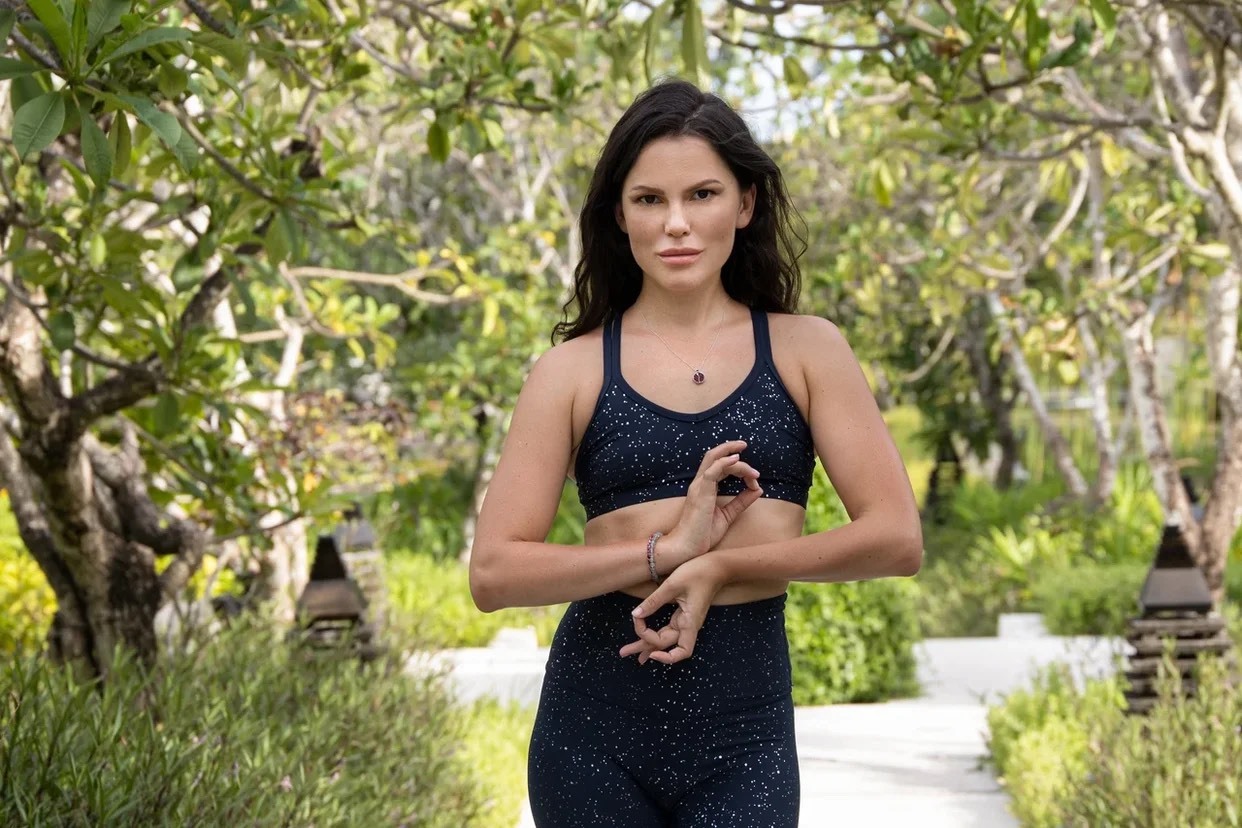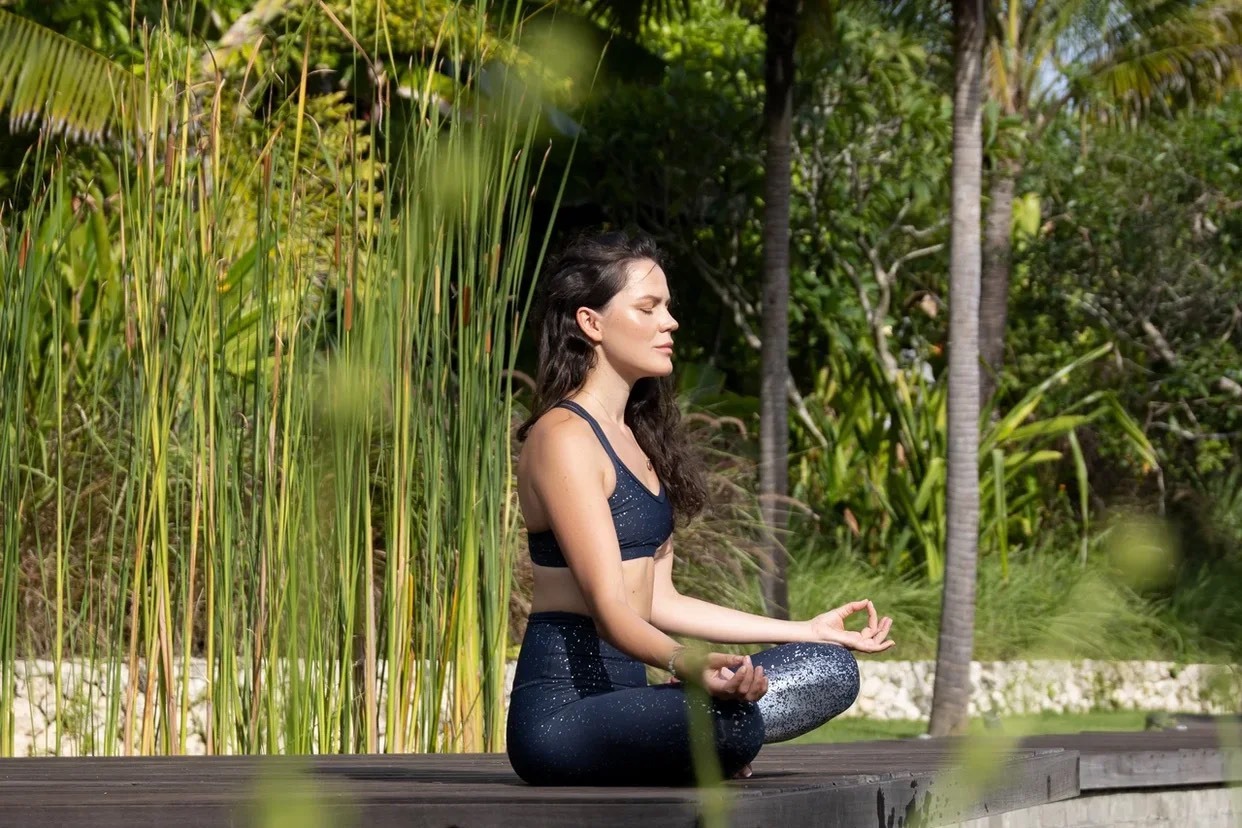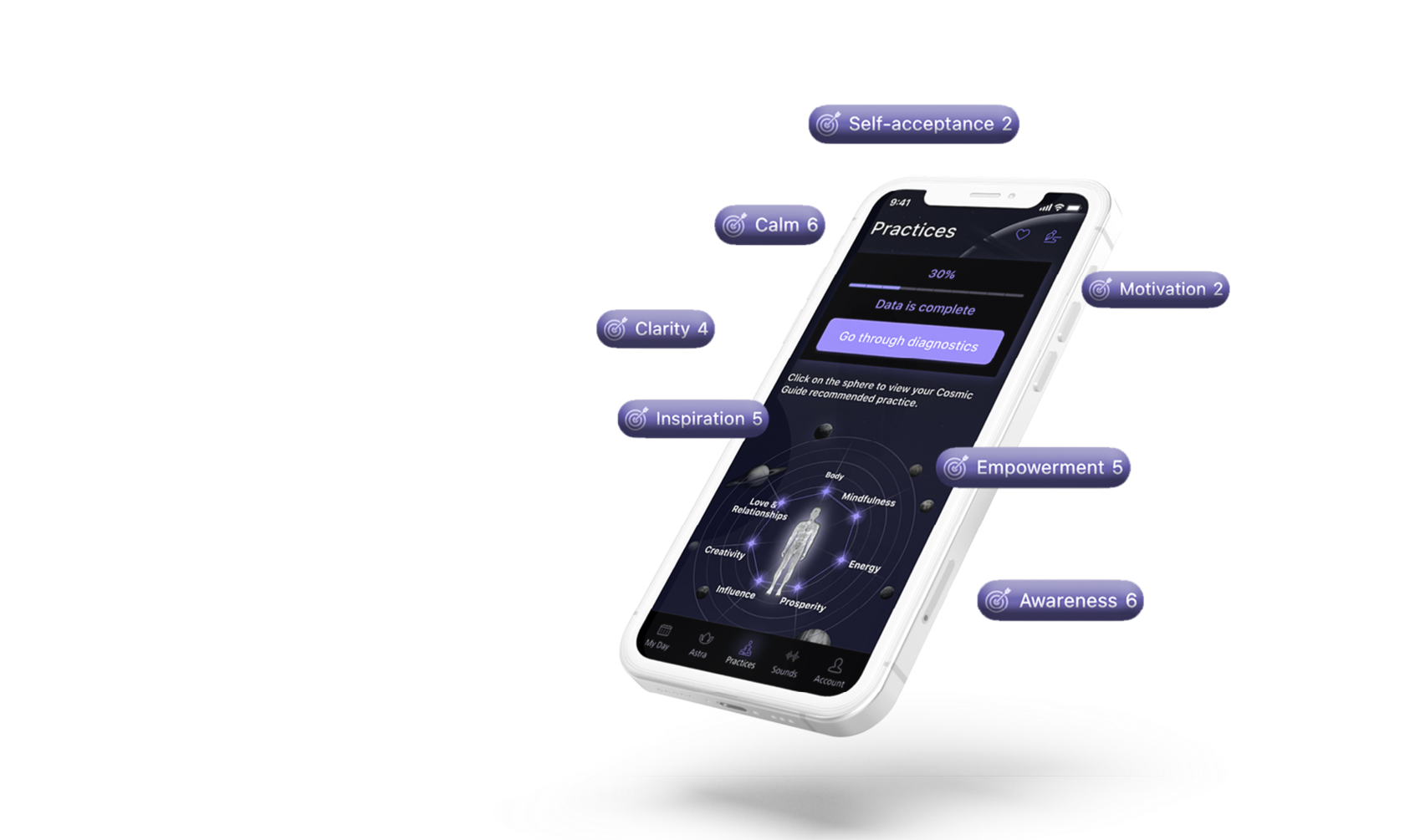How to deal with persistent anxiety that interferes with thinking strategically and achieving important life goals? The answer is to find peace within yourself through suitable meditation techniques.
Why meditation is beneficial
In East culture, there is a perception that the human mind is an animal that needs to be tamed and calmed. And no, this is not about magic “Om” or trance as is commonly believed. In Buddhist practice, calming the mind means developing concentration. That’s why meditation is about how to control yourself and therefore — set up for success.The final stage of this process is the transformation of consciousness, a change in the worldview and organization of the personality: the elimination of destructive, dangerous for oneself and others behavior, speech, thoughts, and emotions. And for those who have never tried to do it before, there is a long way to go to see the first results.
Lots of scientific researches have been devoted to the impact of meditation. One of them is the work of scientists Daniel Goleman and Richard Davidson called "Changed character traits". Based on the experiments, they analyzed how meditation affects the human brain and consciousness. To do this, Goleman and Davidson used the Medoc thermal stimulator, a device that simulates the sensations of a burn, but without damage to the skin. People who practice meditation tolerate pain 2 degrees higher, and analysis of their brains at this moment show less activity in the lobes responsible for sensations.
Those who regularly practice various kinds of meditation note its positive effects on the emotional and physical state even without complicated scientific experiments:
- reducing stress;
- normalization of pressure;
- a decrease in the amount of lactic acid (leads to anxiety) in the blood;
- relieving tension in the body;
- stimulation of serotonin, a hormone of good mood;
- energy charge;
- calmness and clarity of thoughts.
Guided vs unguided meditation
There are different ways to meditate but all of them can be divided into two groups: those that better perform in complete silence and loneliness or with the help of a guide.Guided meditation means that there’s someone online or offline who can explain how to calm the mind and hear the body. This person of course should be a practitioner who’s trained and whose skills are certified. Why is this condition so important? Generally, your meditation success depends on this person. Your teacher should be able to help you when you have challenges, explain how to bring meditation correctly in your everyday life and how to choose the needed technique for a specific aim. You are not supposed to feel embarrassed when repeating mantras or yoga asanas after your guide. You should be able to address any question and hear a complete answer. Even the voice of the guide should help you relax.
Unguided meditation allows you to dig deeper into your feelings as it should be performed in silence. When you feel confident in your inner strength, when you’ve mastered basic techniques you can proceed to silent meditation. Here you’ll need to control your thoughts flow and body response all by yourself. You can choose the time, the place, and the degree of silence for every meditation.
It’s up to your level what meditation style to choose. Just don’t give up when at first you don’t find the right guide or you fail to sit for 5 minutes in complete silence without any thoughts. Remember, it all comes with practice, and the more actively you ask, the better response you’ll get.

How guided meditation works
Just like parents helped us to make first baby steps, the guided meditation assists us in choosing and performing correctly varied meditating methods. As a beginner you can easily get distracted, choose the wrong mantras, and you may even sit wrong.You can start by using our Human Cosmos app where you’ll find the most effective and most suitable meditation techniques. Improve your skills, learn to control your mind, and feel how the body responds to it. When you have questions, doubts, talk to our experts. Find your spiritual guide who can support you and hold your hand when you feel like giving up.
Become a part of a community where people have shared interests and even shared stories about how they started practicing.
Meditation is not about a goal-oriented plan of inhales and exhales. It’s about process and concentration at the moment. That’s why it’s ok to ask for help, the advice in such a complex thing.
Mindfulness meditation
Observe your thoughts.Beginners should start with 1-3 minutes of meditation: a comfortable sitting position, eyes can be open, breathing is calm. Keep your back straight. The hands are on the knees. Legs crossed. For convenience, you can use a pillow to relieve stress on your knees. Starting with a comfortable inhalation and exhalation length, try to deepen them while inhaling for 4 seconds through your nose, holding your breath for 16 seconds, and exhaling for 8 counts through your mouth.
Imagine that your thoughts are clouds that float smoothly across the sky. Don't cling to them, let them pass by you. Seriously it may take weeks before your mind gets used to not thinking about work or relations problems even for 1 minute, so don’t get upset quickly.
Whenever you learn to do so, try to prolong this meditation for additional 2-3 minutes.
Focus meditation
Your senses will assist you.The most effective meditation if you often get distracted. Try to focus on something using one of your senses: sight, sound, smell, taste, or touch. For example, focus on sounds of nature, look at candle’s light, smell the incense, or use the prayer beads. From time to time you can lose focus and find yourself thinking about everyday problems. Try to refocus on your chosen sense and continue with the meditation. Control yourself.
Spiritual meditation
Let the Universe or God answer your questions.You may have different kinds of questions that bother you for some time. During this silence meditation, you should use prayer to ask for help in solving these issues. Don’t worry if no help comes in 3 minutes. Try to concentrate and let your inner or higher power guide you to the solution whenever the time is right. Guided spiritual meditation also helps to face the fact that we’re not alone, we’re a small part of a big universe where everything is connected. Therefore you don’t have to deal with the problems on your own. Ask for help and you’ll get it.
Gratitude meditation
Feel appreciation for everything you have.We have days when everything seems like falling apart. And yes, you need to be prepared to get through them. How? By remembering all things you’re grateful for. Keep a gratitude journal where every day you write down 3-4 things you are happy to have. During meditation think about these things.
Perhaps it’s one of the best meditation techniques as after performing it you feel so much love and you get so much faith in yourself and appreciation for what’s around you.
Show the universe that you will gratefully accept its gifts.
Movement meditation
Walk to concentrate on something important.In sitting meditation, you focus your attention on breathing — with a moving meditation you should concentrate on feeling your foot touching the ground with each step. No rush, no chit-chat. Settle the mind and listen to your inner self. It’s a more focused form of walking. During it you can also concentrate your mind on planning your next steps in how to meet your realistic goals, thinking of new work ideas and just renewing strength to implement them.
Mantra meditation
Feel the impact of a sound.A meditation technique while chanting or listening to mantras will allow you to slow down, relieve muscle tension. Practitioners believe that every sound has its vibration that can affect our body and mind like bad thoughts have negative vibration and that’s why they cause different illnesses. During mantra meditation, you use sounds/words/phrases with a positive vibration that helps to evoke inner power and right thoughts, for example, “Every day is a new chance to live happily”.
Kindness meditation
Be kind to yourself and everyone around you.Meditation method that helps to let hard feelings go: sit in a comfortable position, focus on your breathing, and repeat the phrase “May I be happy. May I be safe. May I find peace.” addressing it toward yourself. Try to feel the true meaning of these words. After you find peace in your heart, repeat this phrase while thinking about your relatives, friends, colleagues even those who have done something bad to you. Feel compassion for them as their negative act could be caused by deep personal reasons and they didn’t want to harm you.
Get off the grudge and replace it with peace and kindness.
Transcendental meditation
Work with your individuality.Surrealist director David Lynch has been practicing transcendental meditation for many years. According to him, the study of ancient chants can take up to 4 days (1.5 hours a day). In this meditation, the mantra is selected individually for each participant and it should be selected by the teacher after you answer some questions. As the practitioners proclaimed, it’s better even not to understand what the mantra is about (like the word “Aema”) only teachers should. This makes transcendental meditation a deeper and more advanced kind of mantra meditation.
Start with 20 minutes every morning and evening.
Visualization meditation
Imagine the impossible.The easiest way to visualize is to imagine a geometric shape, flower, or mandala. A more difficult option is to move consciousness to the so-called "place of power". It can be a real or a fictional place: a forest, a seashore, a mountain top. Without breaking the breathing cycles, stay in this place, try to feel that you're safe here. The purpose of this technique is to learn to look at things from different sides, to stick to your life strategy, and to procrastinate less. Visualization frees the mind from unnecessary things, leaving room for new ideas in creativity and business.
Other types of meditation
- Zen meditation
- Yoga meditation
- Vipassana meditation
- Sound bath meditation
- Body scan
A straight spine guarantees good blood flow during long periods of sitting. As you meditate, allow your breath “to walk” from head to toe. If you feel the tension in any part of the body, consciously direct the airflow there for relaxation. If you still feel the block, then the help of a medical specialist is needed.



